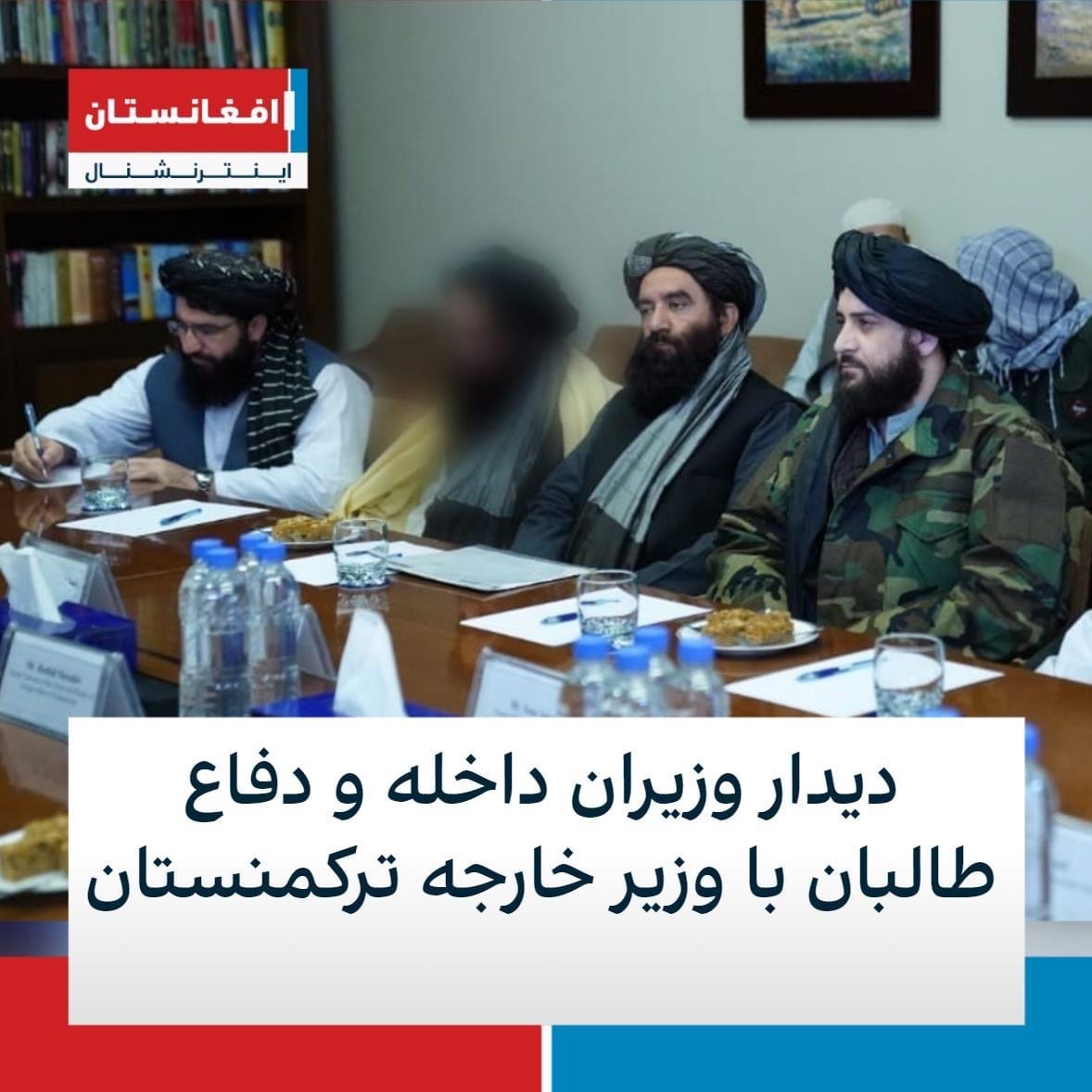 Dispatches
DispatchesJURIST EXCLUSIVE – Law students and lawyers in Afghanistan are filing reports with JURIST on the situation there after the Taliban takeover. Here, a Staff Correspondent for JURIST in Kabul offers observations on the public appearance of Taliban leaders, or lack thereof. For privacy and security reasons we are withholding his name and institutional affiliation. The text has been only lightly edited to respect the author’s voice.
Some Taliban leaders – especially those in the cabinet – are still hiding themselves from the public eye. The Taliban have established a cabinet in which leaders from Haqqani Network and other militant groups are included. These appointments are mostly because these armed groups have stood beside the Taliban in the last two decades and fought international troops.
The Taliban government have been considerably criticized by Afghans as well as the international community. The criticisms arise from the fact that the Taliban cabinet have the following characteristics:
• There are no women;
• There is no ethnic diversity;
• It includes founders of the Taliban;
• It includes founders of the Haqqani Network;
• It includes wanted terrorists;
• It includes people who spent years in Guantanamo prison;
• It includes arms- and drug-smugglers;
• It includes criminals on the UN blacklist;
• It includes suicide bombers.One or more of the above reasons have apparently made the Taliban re-think how they are appearing in public. The public have not seen most of the Taliban government members since they seized power in August. This have even continued when these leaders appeared in official meetings with themselves and/or with representatives from other countries. It has to be said that among other members the Haqqani Network leaders are the people who are least interested in appearing before the public. As an example, the Haqqani Network leader appeared with his face covered in a recent meeting with Uzbekistan representatives.

